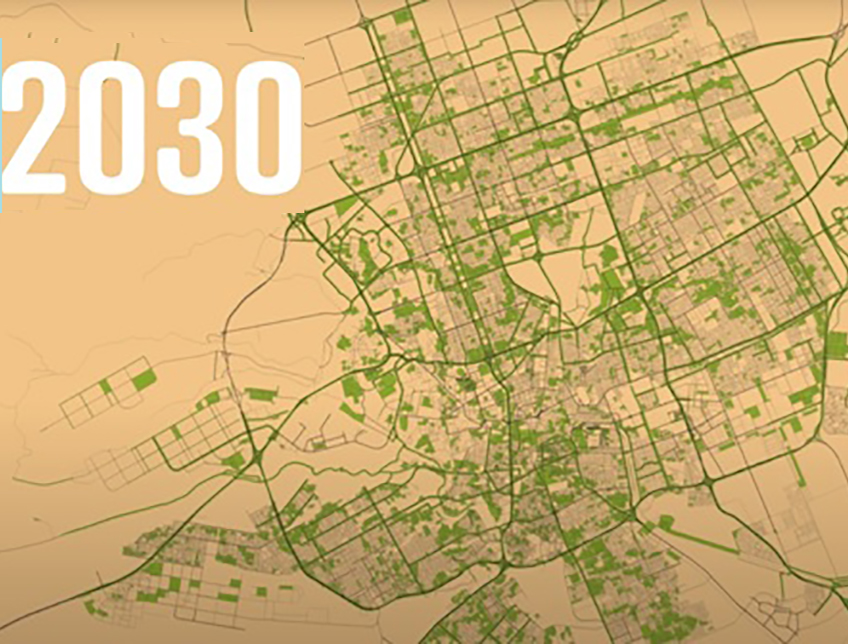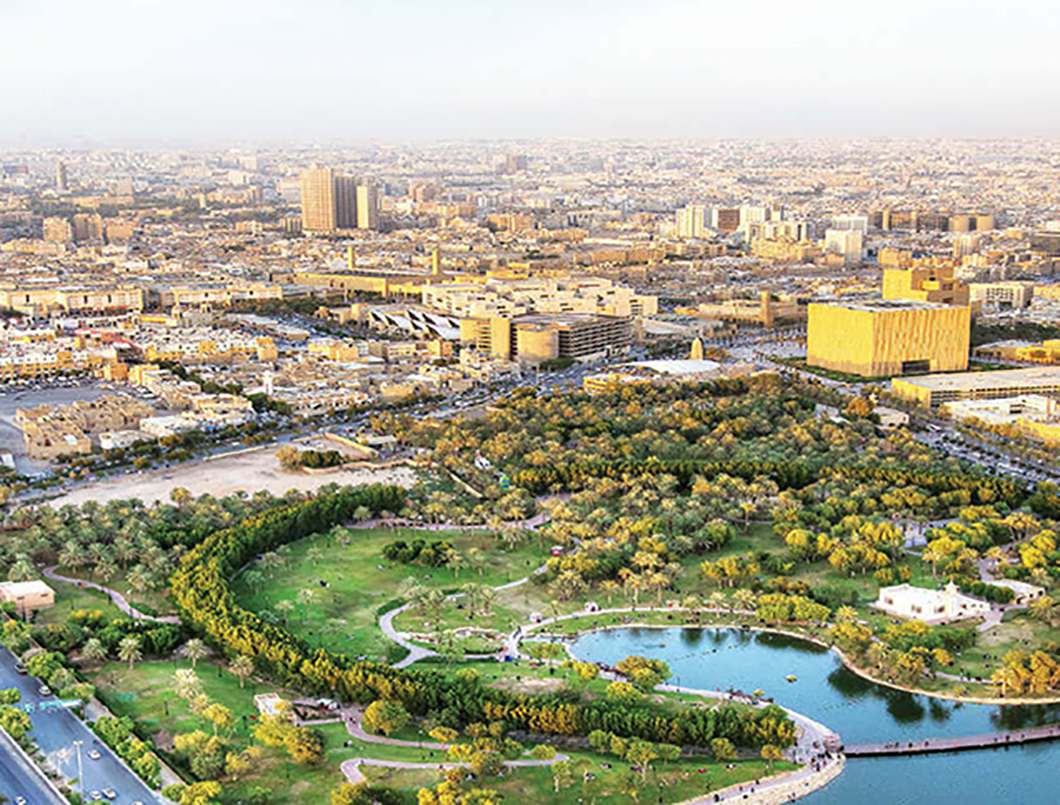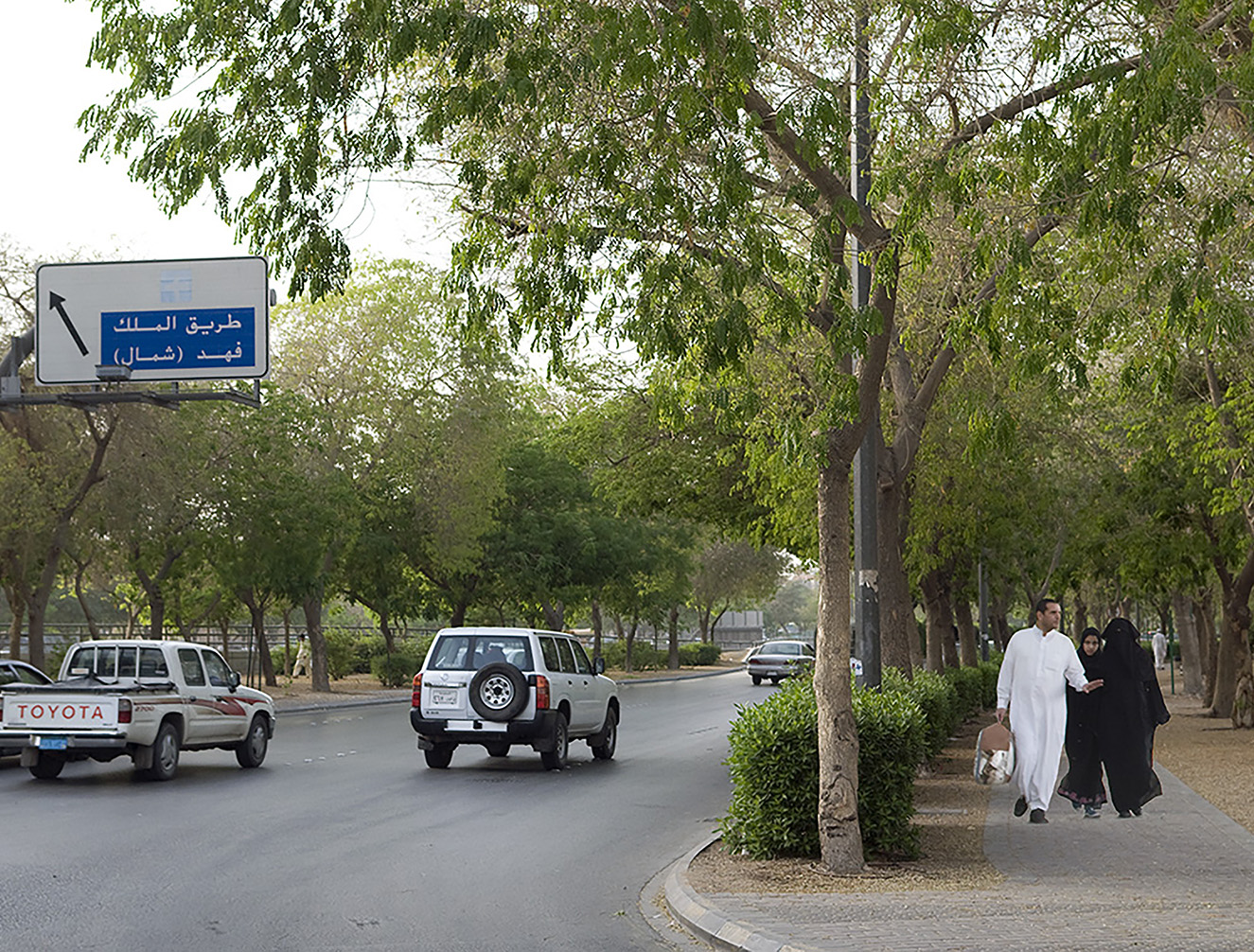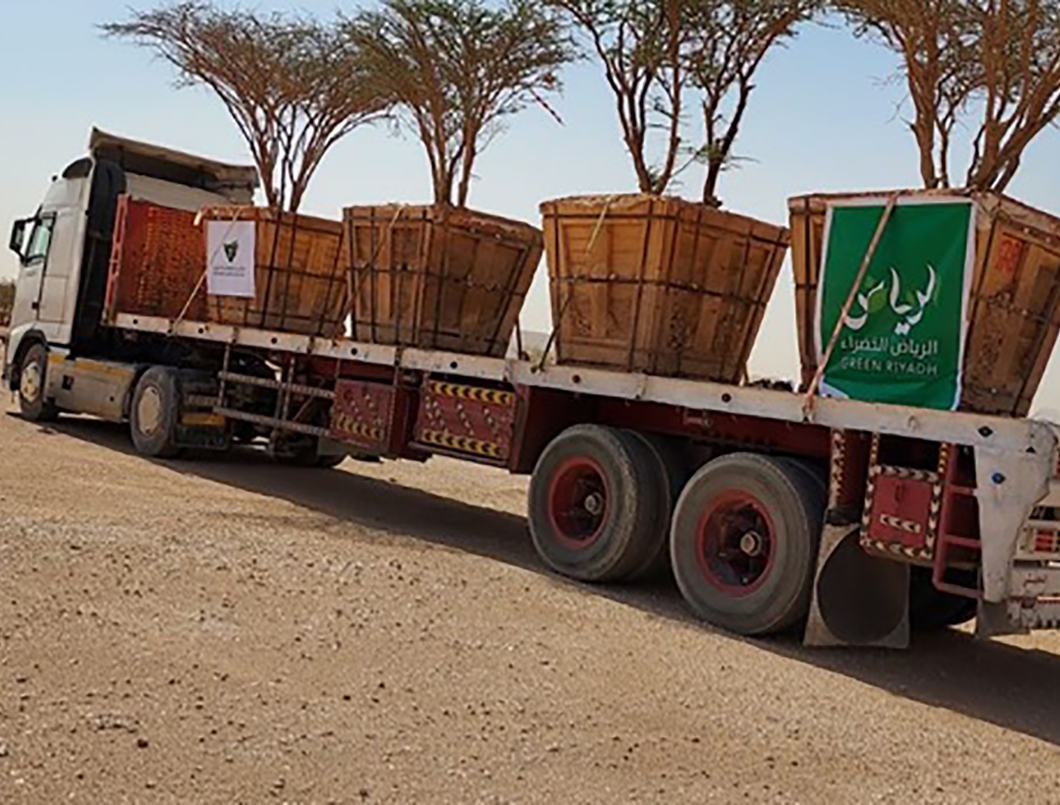
Close
responsive-lightbox domain was triggered too early. This is usually an indicator for some code in the plugin or theme running too early. Translations should be loaded at the init action or later. Please see Debugging in WordPress for more information. (This message was added in version 6.7.0.) in /home/kiju52ce/public_html/development/wp-includes/functions.php on line 6114updraftplus domain was triggered too early. This is usually an indicator for some code in the plugin or theme running too early. Translations should be loaded at the init action or later. Please see Debugging in WordPress for more information. (This message was added in version 6.7.0.) in /home/kiju52ce/public_html/development/wp-includes/functions.php on line 6114
Approach Words: Environment Preservation, Participatory Approach, Sustainability
Public Policy Instruments: Communicative, Infrastructure, Planning, Regulatory
The Green Riyadh Project is a large-scale urban forestation initiative in Riyadh1, and one of Riyadh’s four wellbeing megaprojects i. Launched by King Salman bin Abdulaziz in 2019, this project is set to become one of the largest urban forestation projects globally, with an estimated budget of $32 million2. The project’s vision is to transform Riyadh into a “green oasis” and one of the world’s most livable cities3. The project aligns with the objectives of Saudi Arabia’s Vision 2030 ii, as a pioneering development in urban sustainability and a step towards a carbon-neutral future4.
The project focuses primarily on afforestation across 120 neighborhoods and involves the planting of 7.5 million trees5, leading to 545 square kilometers of green space. This is to meet its objective of increasing the per capita share of green space from 1.7 square meters to 28 square meters6, as well as to reduce temperatures by up to 2°C.

Title: Map shows all green areas in Riyadh City by 2030.
Source: Click Here

Title: Aerial image of a neighborhood after greening.
Source: Click Here

Title: Street in Riyadh after greening.
Source: Click Here

Title: Transportation of trees for Airport Wadi greening.
Source: Click Here
The plantation is being carried out along 1,204 kilometers of main roads, in 43 city parks, 387 neighborhood parks, 4,500 mosques, 4,515 schools, 4,500 governmental compounds, 4936 health facilities, and 148 square kilometers of valleys and tributaries7. A number of enablers are proposed to sustain the plantation8. These include the development of a new water treatment network for irrigation, with a daily capacity of 1 million cubic meters. The project is also setting up plant nurseries to serve the demand for saplings.
On a policy level, the project is developing urban regulations to enable and enhance afforestation in public and private spaces9, as well as running awareness campaigns to encourage community participation. Additionally, the project includes community engagement events, and awareness initiatives to encourage voluntary engagement10.

Owner/Developer (Public)

Consultant/Designer

Contractor/Implementer
In terms of quality of life, the project encourages increased usage of public spaces thereby contributing to the social and psychological well-being of residents. In addition to this, the project also has economic benefits due to its potential to reduce the rate at which electricity is consumed, increase property values, and create new investment opportunities in the horticulture, landscaping, and irrigation sectors. In April 2022, the project officially launched in 7 neighborhoods in Riyadh, Al-Aziziyah, Al-Naseem, Al-Jazeera, Al-Araija, Qurtuba, Al-Ghadir, and Al-Nakhil neighborhoods11.
This megaproject is currently under implementation by the Royal Commission for Riyadh City (RCRC)12. The first phase of the project, initiated in 2020, entails planting 31,000 trees covering 144 kilometers of main roads, such as King Fahd Road, Makkah Al Mukarramah Road, North Ring Road, Eastern Ring Road beside King Salman Road and King Khaled Road13.
Project Link
Endnotes
References